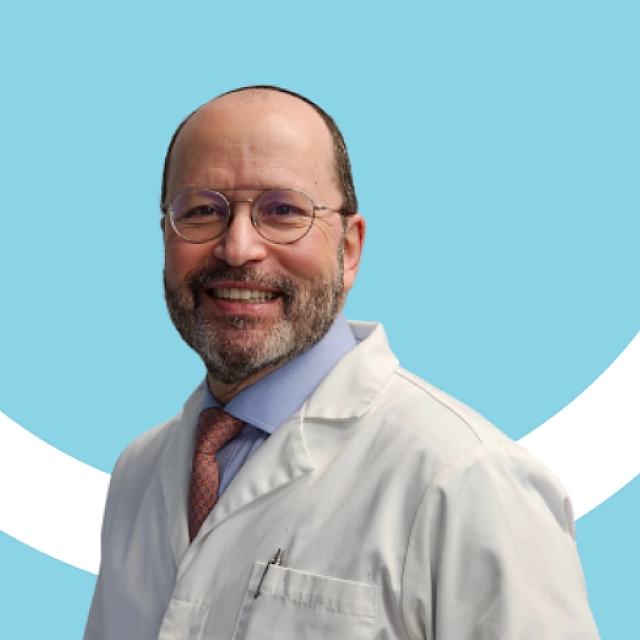
1. Understand the differences between an orthodontist and dentist.
While some dentists advertise Invisalign services through their practice, keep in mind that a dentist has not completed the additional specialty training required to become an orthodontist. Orthodontists complete specialized clinical experience that includes between 4,000 to 6,000 hours of working on patients within a supervised environment. A licensed orthodontist is trained to address complex issues like overcrowding and bite misalignment.
2. Type of experience matters.
As a general rule of thumb, you might assume that the more cases a provider has completed, the better he or she will be. While experience matters, the type of experience is important, too. If a provider primarily treats simple, straightforward cases, he or she may be unprepared to treat a more complex case. Conversely, a provider who specializes in complex cases may treat fewer per year in order to provide a higher level of personalized service. When choosing a Maritime Invisalign provider, ask to see examples of before/after photos for cases with the same treatment needs as yours. Experience is important and you want to be sure your provider's experience matches your needs.
3. Check credentials.
Viewing before/after photos and meeting with an orthodontist are two important decision-making factors. But how can you tell how the orthodontist compares with other providers? To help put an Invisalign provider’s experience and skills in perspective, Invisalign has introduced five provider designations. These designations are based on the number of cases the provider has handled in their lifetime, as well as the number of cases the provider consistently handles each every six months.For example, providers only need to perform ten Invisalign cases per year to qualify as an “Invisalign General Provider”. Ten is not a huge number, which is why it’s relatively easy to earn this distinction. The highest Invisalign designation is “Invisalign Elite Provider” An Invisalign Elite Provider will have treated over 300 patients with Invisalign. Elite Providers must also continue to conduct a minimum of 50 cases every six months, which means they not only have a specialized skill set but have been exposed to a wide variety of teeth alignment and straightening issues. Consequently, they’re more likely to have successfully treated cases similar to yours and will be better positioned to deliver optimal results. Learn more about Invisalign designation.
4. Get a second opinion.
You’re not an orthodontist, so how can you be sure that the treatment plan your orthodontist recommends is truly right for you? One option is to get a second opinion from another Invisalign provider. At docbraces, for example, our Halifax orthodontist offers free orthodontic consultations, no referral required. This consultation is an opportunity to learn more about your different treatment options and our approach to Invisalign treatment. You can then compare our treatment plan with the recommendations made by other providers and assess which option is right for you. Knowledge is power!
Straightening your teeth with Invisalign is a major investment. Comparing provider credentials and treatment plans will help you identify any red flags up front so you can confidently choose the right Invisalign provider for your needs.




